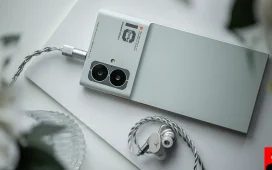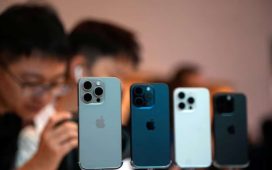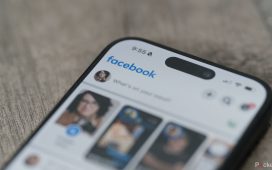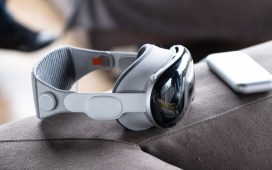They make up only a tiny portion of Australia’s mobile phone market, but dumbphones (also known as feature phones) are being adopted by people looking to cut down on their screen time, find focus or even save some money.
Smartphones allow us to do a lot of creative and personal tasks, but for some they are linked to everything from social media and gaming addiction to expensive data bills, reduced attention spans and even loneliness.
A 2019 study found problem mobile phone use in Australia had increased since 2005, with more people feeling lost without their devices or experiencing problems such as a loss of sleep.
The study found women and those aged between 18 and 24 exhibited the most problematic mobile phone use, but older age groups also saw an increase in such issues.
It means that for some Australians, their mobile phone use has become such an issue that they’ve turned back the clock to a simpler time, when old-school “flip” and “brick” phones ruled the market.
‘The doomscrolling on TikTok really got me’
Sydney university student Arianna Lahiri switched from an iPhone to a second-hand Japanese flip phone towards the end of 2023. It cost her around $250.
The 19-year-old said she was inspired by the revival of 90s and naughties fashion trends, the renewed popularity of flip phones, and a desire to spend less time on her main device.
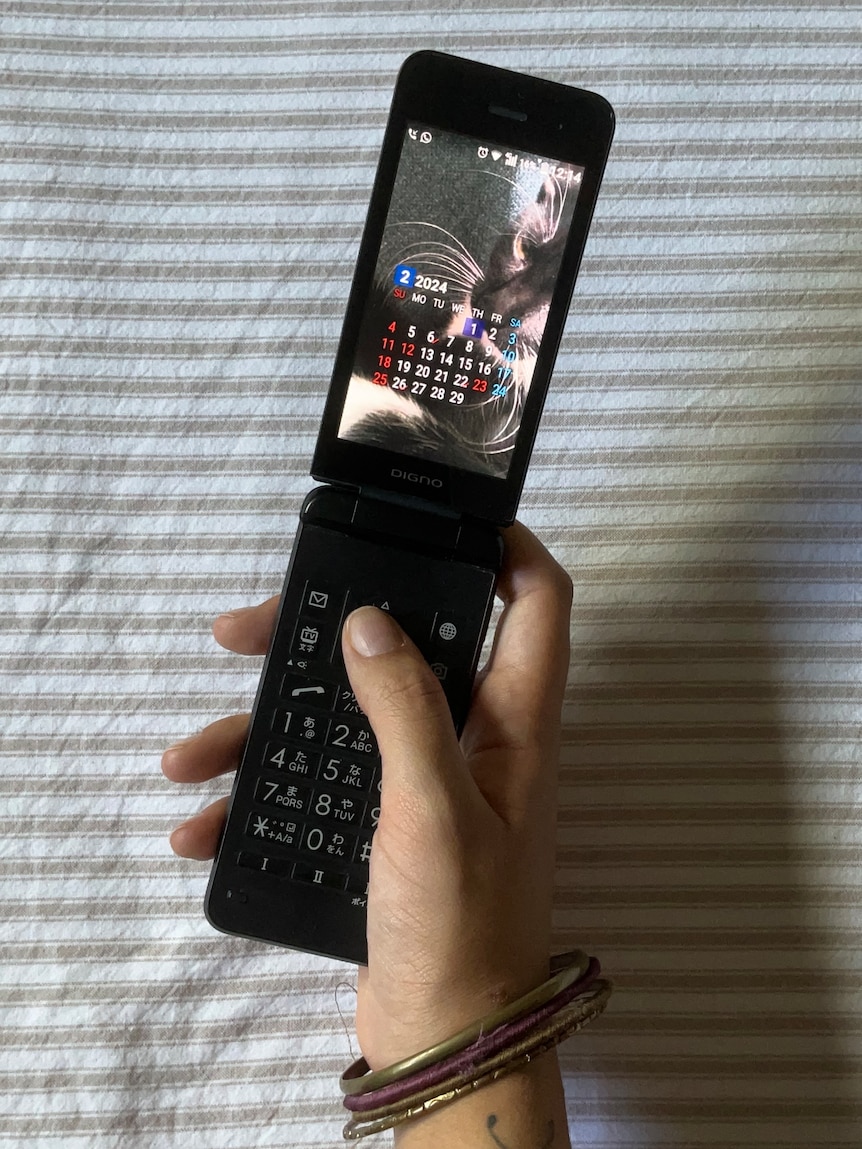
“It was the doomscrolling on TikTok that really got me,” she says.
“I would get stuck there and wouldn’t be able to feel time move around me. I realised this one night when I was going to go to bed — I said to myself, ‘Okay, 10 more minutes, then bedtime.’ It turned into three hours and I didn’t notice at all!”
Ms Lahiri said she had tried deleting apps from her smartphone to prevent her from using it, “but it never lasted long”.
She said switching to a dumbphone meant she wasn’t as tempted to use her device, and was speaking to friends over the phone more often, instead of just messaging them.
She said her switch had received a positive response from friends, family and even strangers.
“I was out at a goth club and a bunch of people were like, ‘A flip phone?!’ They took photos of me with it — it was very fun,” she says.
“It has helped me with my mental health and has made my day-to-day life much more interesting.
“I can finally force myself to be productive, or read a book — just anything outside of technology.”
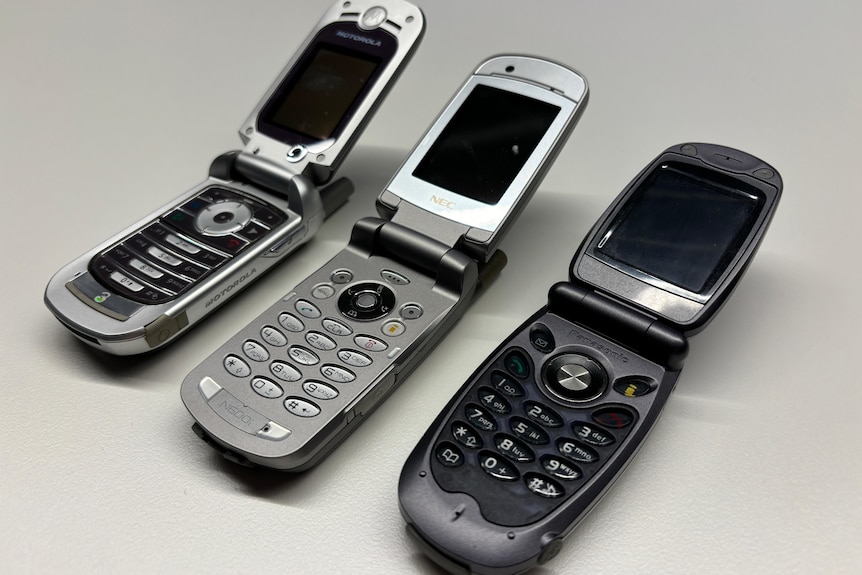
‘I feel freer using a dumbphone’
Sydneysider David Sorauer uses a smartphone to help him run his marketing business, but says his dumbphone allows him to be in the moment when he’s not at work.
“I found that the [smartphone] notifications and constantly being accessible to people made it very difficult to focus,” he says.
“I felt like I was constantly on call and answerable to all different people, and expected to respond to messages instantly.
“I feel freer using a dumbphone. I find there’s a lot more clarity.”
Mr Sorauer said he had tried switching his smartphone screen to black and white and restricting the number of apps on his device — but he needed more of a barrier.
“I needed to get a phone that’s not sexy, and that’s why I purposefully went for a flip phone,” he says.
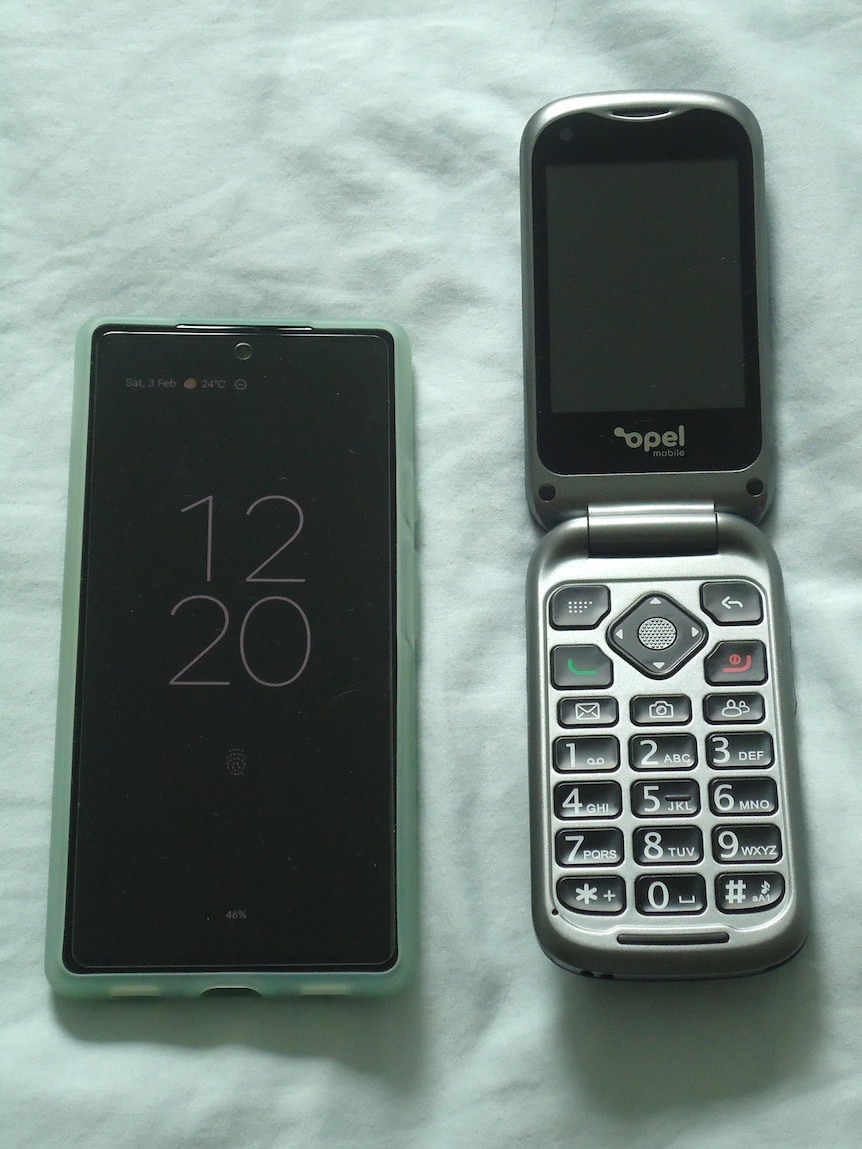
“I don’t like flip phones at all, but just to have that additional friction: you’ve got to open it up to use it, it’s not sexy, you don’t carry it everywhere.
“That friction is really important for me … The device, as well as the software, is part of the problem — for me anyway.”
Both Ms Lahiri and Mr Sorauer point out that dumbphones can’t do everything — some can’t scan QR codes, and some can’t run specific apps they might sometimes need to use.
Mr Sorauer said switching to using a dumbphone outside of work had been “a very difficult journey” which had impacted some of his relationships, as he was less accessible to people on messaging apps.
“Friends look at you a bit strangely. They don’t really understand and they think you’re a bit weird, which I totally get — smartphones are incredible, and giving them up does feel a bit stupid at times — but there’s a lot more clarity as a result,” he says.
“I feel a lot freer. I feel like my brain functions better. Without the distractions and notifications it’s much easier to focus, and I’m more productive.
“Even in my personal life, I feel like I’m able to be more in the moment and not consumed in the phone.”
‘Dumbphone’ searches rise, but few Australians switch
Google Search data shows searches for information on dumbphones rose worldwide over the past few years.
According to software firm Semrush, searches for the devices jumped by 89 per cent between 2018 and 2021.
Videos about dumbphones and retro devices have also clocked up hundreds of thousands of views on TikTok, where more than a third of the audience is aged between 18 and 24.
Australian technology analyst firm Telsyte said just under 1 million Australians were still using dumbphones or feature phones in 2023.
Alvin Lee, a senior analyst at the company, says that number is declining “due to the increasing availability of affordable smartphones in the sub-$200 range, and because most mobile plans now include data”.
Mr Lee says while there is growing interest in dumbphones among Millennials and Gen X in the United States due to “a digital detox trend in 2022 and 2023”, they haven’t made a true comeback in Australia.
“Two-thirds of the [Australian] 16-34-year-olds we surveyed said that smartphones remain their primary digital device,” he says.
“Telsyte’s research found [feature] phones are most popular among seniors in Australia, with over half of users aged above 65.
“Feature phones appeal to seniors as they are easy to use, more durable with longer battery life, and cost-effective for everyday basic use.”
Dumbphone sales are on the decline globally, but dedicated dumbphone companies have also entered the market. Firms like Punkt and Light make phones with intentionally limited functionality — Light even says its devices are “designed to be used as little as possible”.
Industry researcher Kiranjeet Kaur from the International Data Corporation (IDC) says a number of companies have introduced “something like a smart feature phone”, which offers “a little more than texting and voice calling capabilities that traditional feature phones do”.
“These have got some traction in emerging markets where the price point makes them more attractive than a smartphone,” he says.
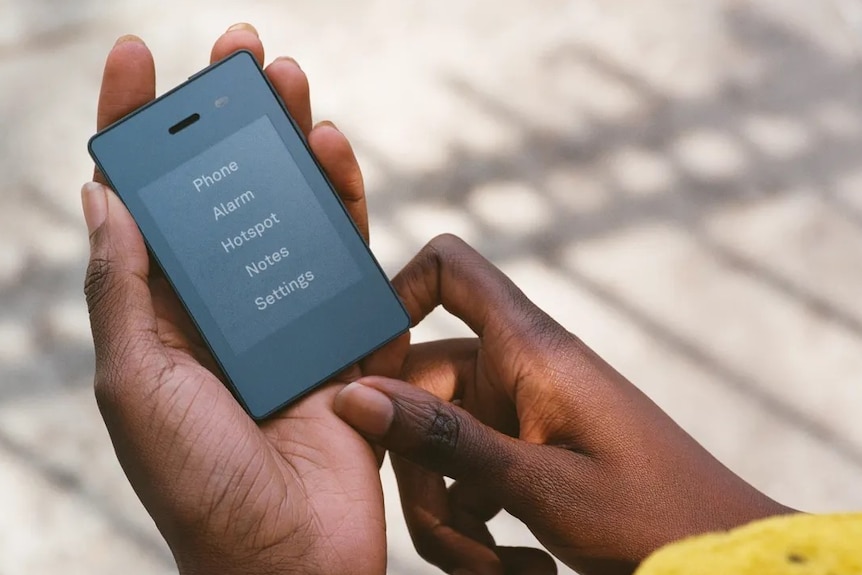
Mr Kaur says feature phones still hold “quite a significant share” of the market in some emerging economies, especially in South Asia, the Middle East and Africa, largely due to their cheaper price point.
“For example, the average price of a smartphone in India is around $US250 ($383), while you can get feature phones for less than $US20 ($31),” he says.
“Although there are smartphones starting from $US50 ($77), even those are more than twice the price of a feature phone.”
Price is also a factor for some Australians amid the current cost-of-living crisis, including Ms Lahiri.
“I would 100 per cent recommend [a dumbphone] to people who want to get away from social media and be more awake to the world around them,” she says.
“It is also cheaper than any modern phone, so you could always give it a try without breaking the bank.”


